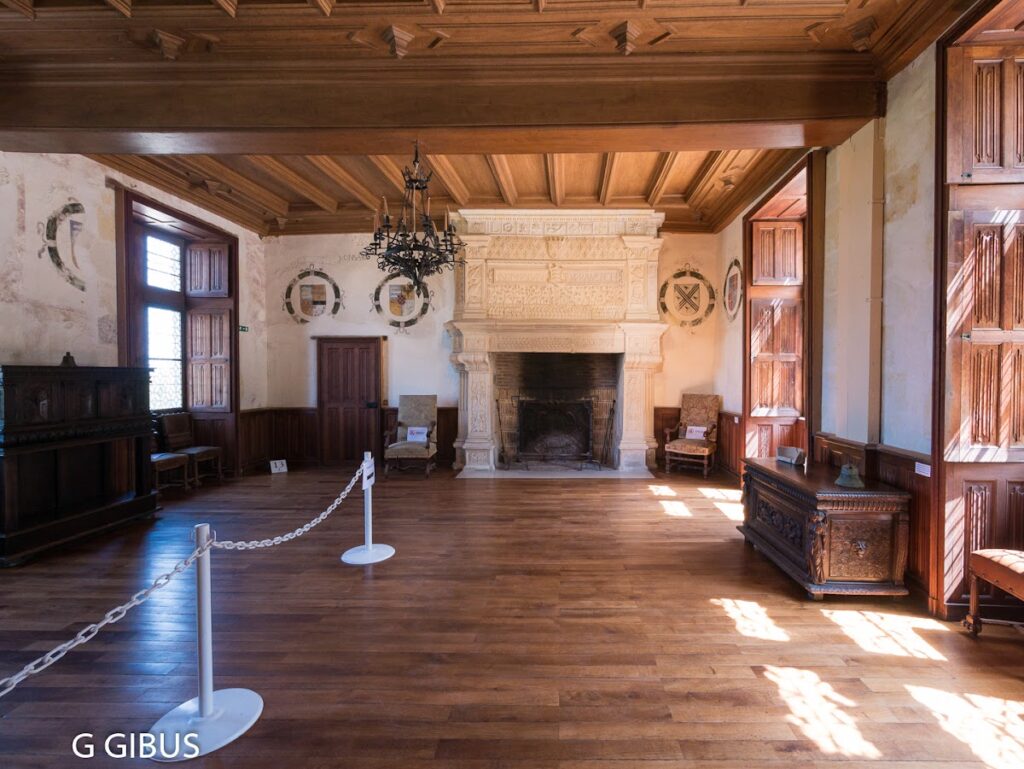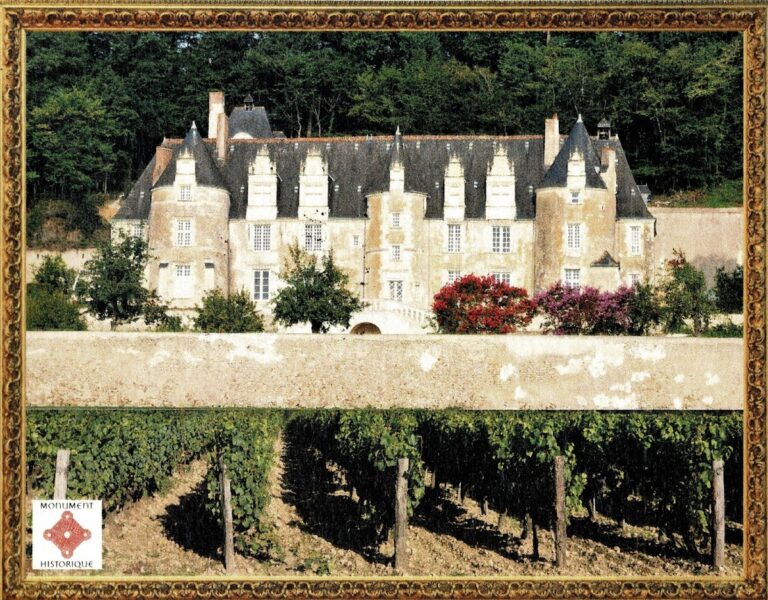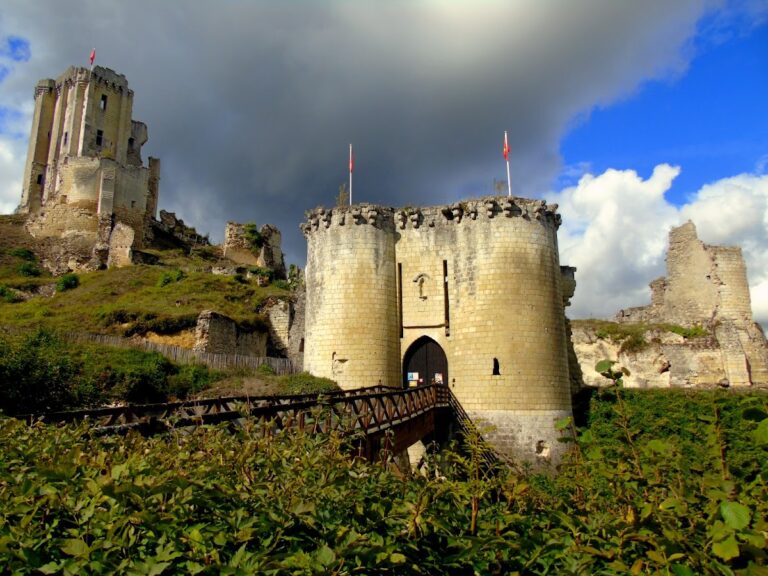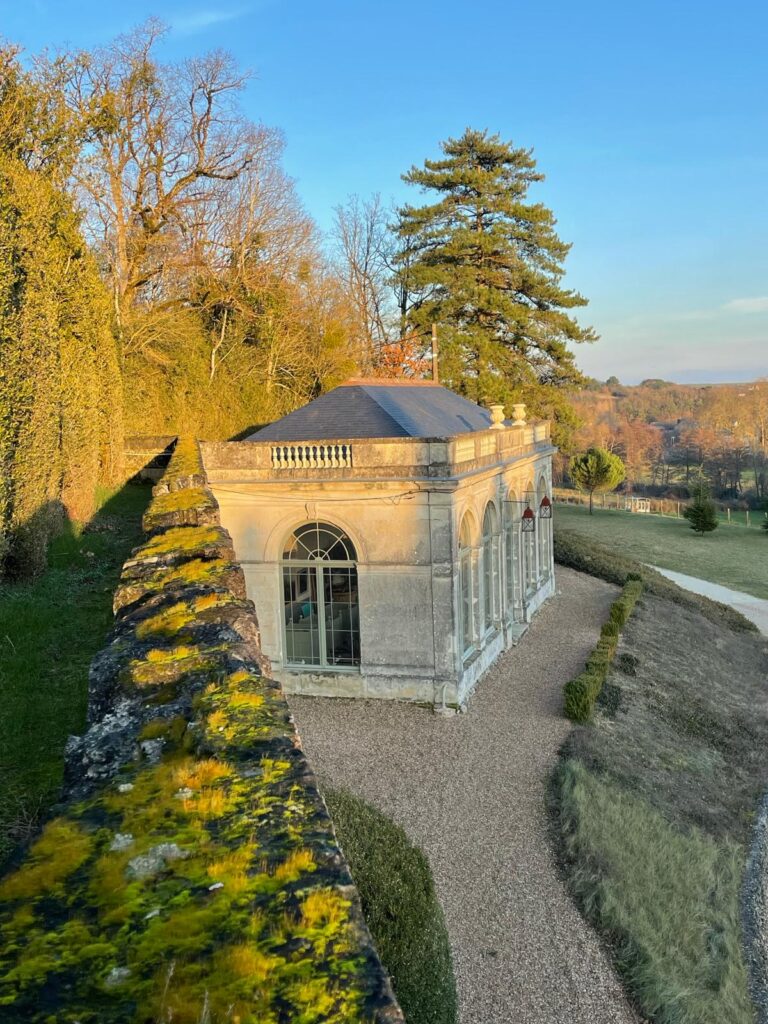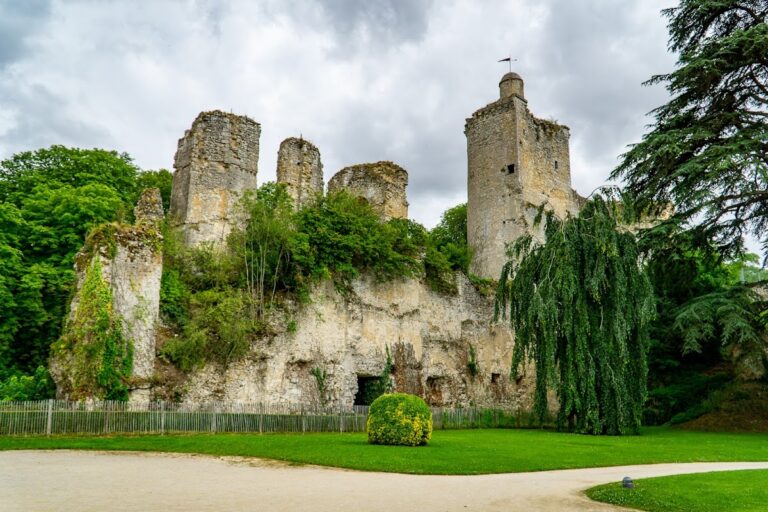La Possonnière Castle: A Renaissance Manor in the Loire Valley
Visitor Information
Google Rating: 4.4
Popularity: Low
Google Maps: View on Google Maps
Official Website: maison-ronsard.fr
Country: France
Civilization: Unclassified
Remains: Military
History
La Possonnière Castle is located in the municipality of La Possonnière in modern-day France. It was constructed by the French nobility during the early 16th century as a family residence.
The earliest known habitation on the site dates to the 14th century when a rock-hewn fortress was established. This medieval stronghold was modest in its remnants but laid the foundation for later developments. Around 1480, Olivier de Ronsard, a member of the local noble family responsible for overseeing hunting activities for the Counts of Vendôme, built the main residential building featuring an octagonal tower. This construction marked the start of the manor’s transformation into a notable domain within the Loire Valley.
In approximately 1515, Loys (Louis) de Ronsard, a knight who had served under Kings Louis XII and Francis I of France, undertook substantial reconstruction and embellishment of the manor. His experience in Italy as a soldier during the War of the League of Cambrai and the Battle of Marignano influenced him to decorate the residence in the Renaissance style, marking one of the earliest examples of this artistic movement in the region. It was in this setting that Pierre de Ronsard, the celebrated French poet and sixth child of Loys and Jeanne Chaudrier, was born in September 1524. He lived at La Possonnière until the age of twelve before entering the court of Charles II of Orleans.
Following Pierre’s birth, additional construction was carried out in 1536, including the addition of a chapel and a connecting wing extending toward the hillside. These expansions reflected the evolving needs and tastes of the Ronsard family but were later removed in the 19th century during restoration efforts. By the mid-19th century, under the direction of architect Eugène Fanost and commissioner Gabriel Delahaye, significant renovations took place which included demolishing the chapel and altering the roofline with dormer windows, adapting the manor to contemporary styles.
The cultural and historical importance of La Possonnière Castle has been officially recognized since 1862 when it was declared a protected Monument historique by the French government. The estate’s legacy was further honored in 2019 when it received the label “Maison des Illustres,” acknowledging its role as the birthplace of an influential literary figure. In the early 21st century, care for the grounds was renewed with the creation of extensive gardens and a notable rose collection by rosarian André Eve in 2004, which were subsequently redesigned between 2019 and 2020 to echo Renaissance garden traditions.
Remains
La Possonnière Castle is characterized by a rectangular main residence coupled with an octagonal stair tower, arranged along an axis that aligns with the original entrance gate and a series of lower buildings used for service or storage. This layout reflects Renaissance ideals of symmetry and order while maintaining a functional approach suited to noble domestic life.
Significant portions of the manor are carved directly into the local tuffeau limestone, a porous sedimentary stone commonly found in the Loire Valley. These subterranean spaces include kitchens, various storage rooms, and wine cellars, all hewn into the rock face. These troglodyte areas feature door frames styled in the Italian Renaissance fashion, some inscribed in Latin to indicate their purposes, blending practicality with artistic detail.
The main building’s facades boast numerous mullioned windows framed with Renaissance motifs alongside inscriptions in Latin and French. Above the main entrance, beneath a sculpted bust of Loys de Ronsard, are mottos such as “AVANT PARTIR” and “Voluptati et Gratiis” that express themes of departure and enjoyment. Inside, the ground floor contains three rooms, one of which is a spacious hall anchored by a large Renaissance fireplace. This fireplace is adorned with a fire-breathing salamander, the emblem associated with King Francis I, commemorating his victory at the Battle of Marignano. An accompanying Latin inscription reads “NON FAL[L]UNT FUTURA MERENTEM,” a phrase invoking the certainty of future rewards for the deserving.
Additional buildings that once formed a courtyard ensemble included a chapel and a wing extending into the hillside. While these structures were removed in the 19th century, portions of their cellars and a staircase remain, offering an outline of the manor’s former architectural footprint. The limestone-carved kitchens are particularly distinguished by their doors decorated with Italian Renaissance sculptures, reflecting the artistic influences introduced by Loys de Ronsard.
The surrounding gardens occupy about one hectare and comprise several elements including a rose garden housing over two hundred varieties of both historic and modern roses, perennial flower beds, and a kitchen garden cultivating rare vegetables and herbs. The park area encircling the gardens follows an English landscaping style and contains mature trees such as linden, oak, beech, and hornbeam, which enrich the natural setting. The castle is situated near the village of Couture-sur-Loir amidst a forest remnant historically overseen by the Ronsard family, further linking the site to its noble custodians.


